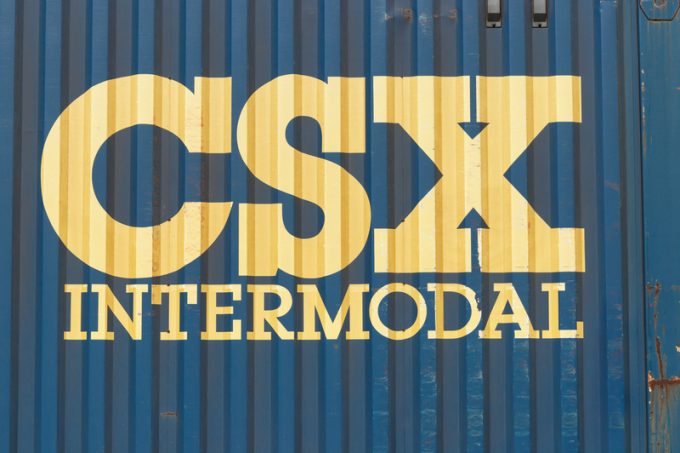US shippers slam USTR port fee plan – 'an apocalypse for trade'
The Trump administration’s plan to revive US shipbuilding by levying hefty fees on China-built or ...

The US economy is showing signs of slowing, but remains on an upward trajectory for now – intermodal traffic, however, appears trapped in a downward spiral, with the coming peak season expected to provide only temporary relief.
The Intermodal Association of North America (IANA) reported a 3.8% decline in intermodal volumes for the second quarter, with the seven top trade corridors, in terms of density, that account for 63% of total volumes, showing a 6% drop.
The decline aggravated a dismal trend ...
Asia-USEC shippers to lose 42% capacity in a surge of blanked sailings
USTR fees will lead to 'complete destabilisation' of container shipping alliances
New USTR port fees threaten shipping and global supply chains, says Cosco
Outlook for container shipping 'more uncertain now than at the onset of Covid'
Transpac container service closures mount
DHL Express suspends non-de minimis B2C parcels to US consumers
Zim ordered to pay Samsung $3.7m for 'wrongful' D&D charges
Flexport lawsuit an 'undifferentiated mass of gibberish', claims Freightmate

Comment on this article